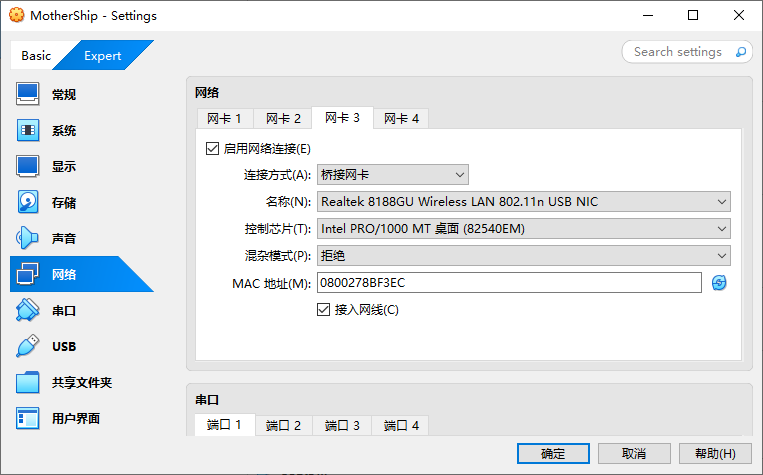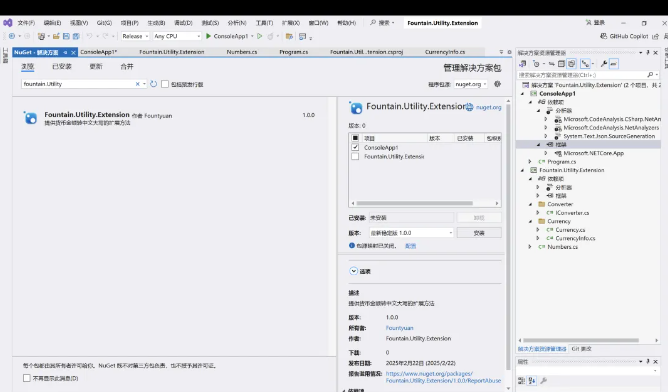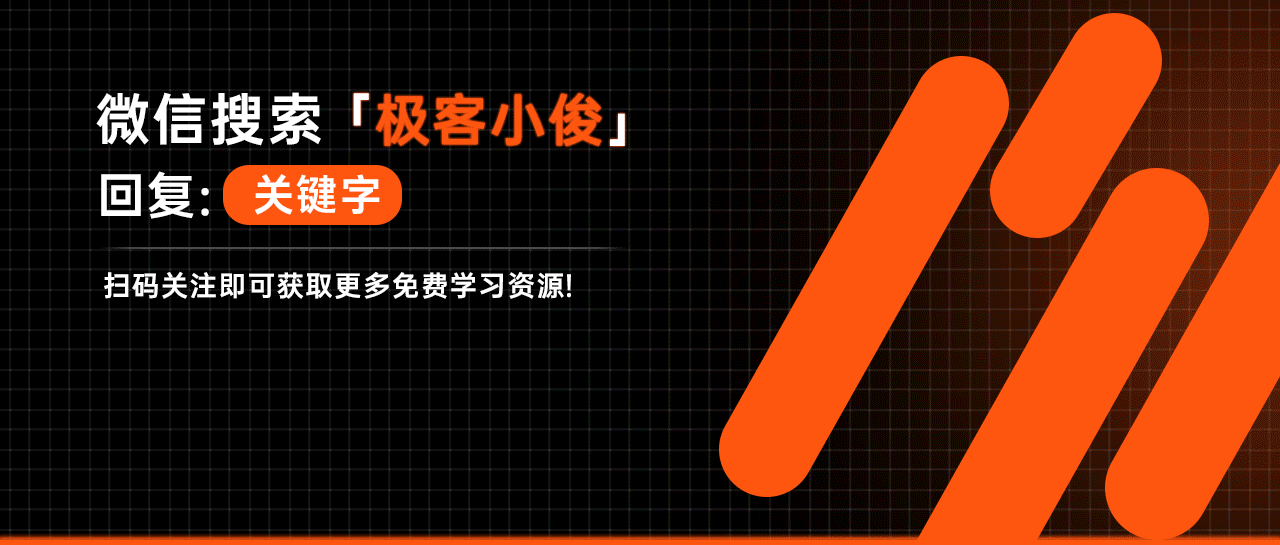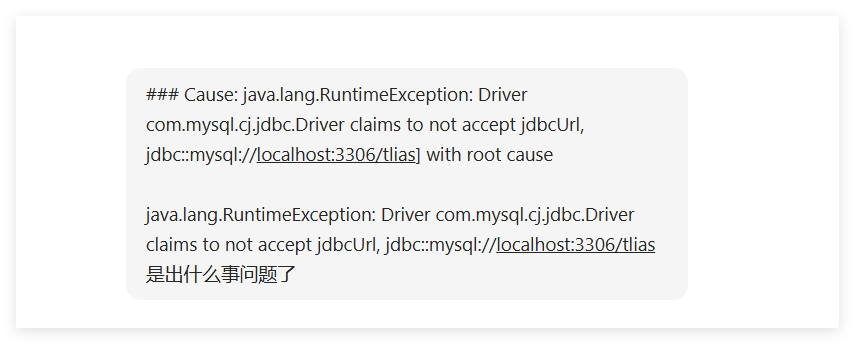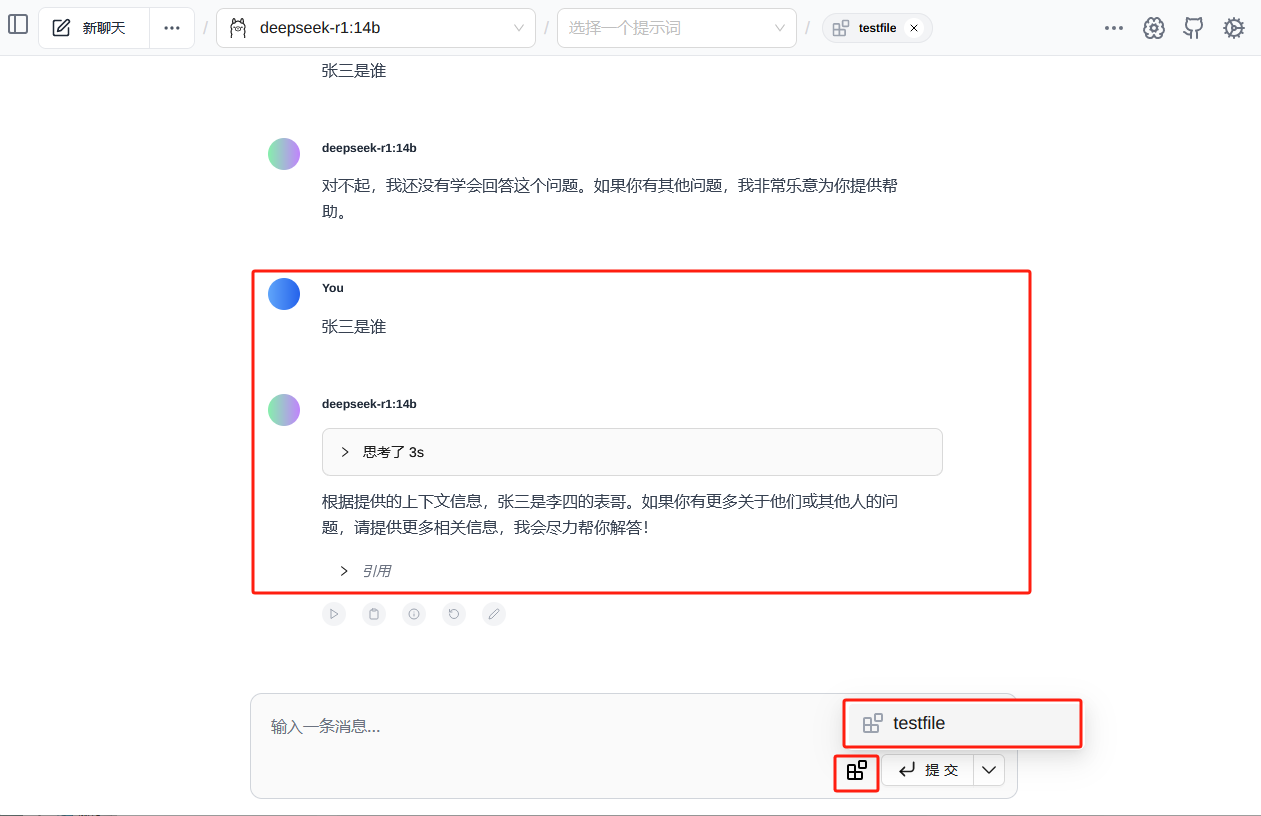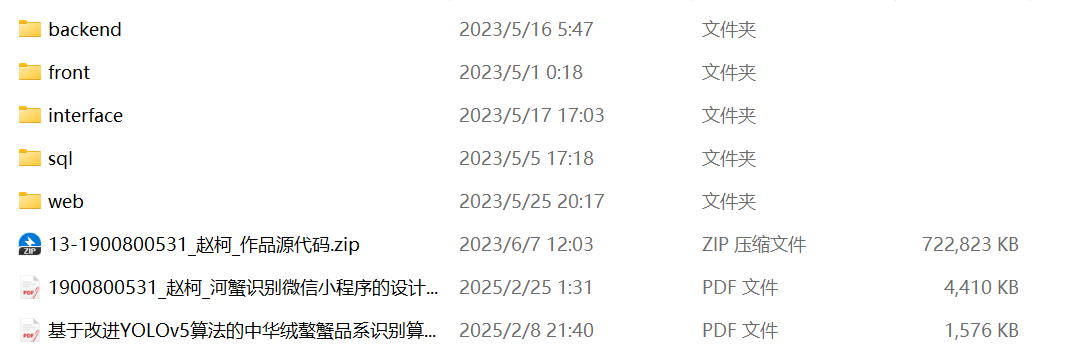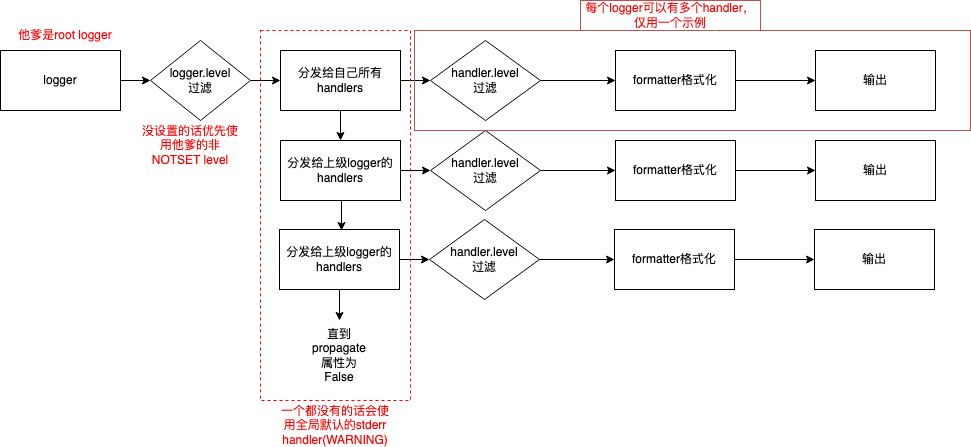命令查询职责分离(CQRS,Command Query Responsibility Segregation)是一种架构模式,它将系统中的写操作(即修改数据的命令操作)与读操作(即查询数据的操作)分离开来。CQRS 模式能够提升系统的可伸缩性、性能和可维护性,尤其适用于复杂的业务场景和高并发的系统。在传统的 CRUD(增、删、改、查)架构中,读写操作通常共享同一数据模型,而 CQRS 将这两者彻底分开,让它们有独立的模型、接口和存储方式。
本文将深入探讨 CQRS 的概念、优缺点,并通过一个基于 .NET Core 的代码示例,详细讲解如何实现 CQRS。
一、CQRS 概述
CQRS 的核心思想是将 命令(修改数据)和 查询(读取数据)的职责进行分离,从而实现更加高效的性能优化和可扩展性。在传统架构中,写操作和读操作往往是通过同一个数据模型和存储进行处理的,但在 CQRS 中,写和读的模型和接口是独立的,这样可以针对读操作和写操作分别进行优化,达到更高的性能和灵活性。
1.1 CQRS 的基本原理
-
命令(Command):表示对系统状态进行改变的请求(如创建、更新、删除)。它不应该返回任何数据,而是通过影响系统的状态来改变数据。命令一般通过命令处理器(Command Handler)进行处理。
-
查询(Query):表示请求从系统中读取数据。查询操作不会改变系统的状态,它只会从数据库或缓存中获取数据。查询处理器(Query Handler)负责执行查询操作。
1.2 CQRS 的工作方式
CQRS 将应用的读和写操作分离成不同的模型,这意味着:
- 命令模型:专注于处理“写”操作(如新增、更新、删除数据),并确保数据的一致性和有效性。
- 查询模型:专注于处理“读”操作,优化数据查询的性能,可能会采用不同的存储结构或缓存策略。
1.3 典型应用场景
CQRS 适用于以下几种场景:
- 高并发系统:读请求远多于写请求,如电商网站、社交网络等。
- 复杂业务规则:当写操作的业务逻辑非常复杂时,可以将写操作独立出来,确保维护性和灵活性。
- 性能优化:CQRS 可以针对读取操作进行优化,例如使用缓存、NoSQL 数据库等来提升查询性能。
二、CQRS 的优势与挑战
2.1 优势
-
提高可伸缩性:
- 由于读写操作分开,可以单独对查询和命令进行扩展。如果查询请求量比写请求量大,可以单独扩展查询服务,提高系统的响应能力。
-
查询优化:
- 查询模型可以专门针对读取操作进行优化。例如,可以使用不同的数据存储方案(如 NoSQL 数据库、全文搜索引擎等)来提高查询效率。
- 还可以使用缓存来减少对数据库的频繁访问,从而提高性能。
-
解耦与清晰的职责:
- 读写操作被分开,每个模型和服务都有单一的职责。这使得代码的维护性更强,理解和扩展变得更加容易。
-
灵活的数据库选择:
- 写操作和读操作可以分别使用不同的存储技术。例如,写操作可以使用关系型数据库(如 SQL Server),而查询操作则可以使用 NoSQL 数据库(如 MongoDB、Cassandra)或搜索引擎(如 Elasticsearch)。
-
支持最终一致性:
- CQRS 模式特别适合与事件溯源(Event Sourcing)一起使用,可以通过事件追溯系统的状态变化,确保数据的一致性。
2.2 挑战
-
系统复杂度增加:
- CQRS 使得系统设计和实现的复杂度提高。读写模型的分离、数据同步、事件处理等都需要额外的开发和维护工作。
-
数据一致性问题:
- 由于读写操作使用不同的模型和存储,可能会出现短期内的数据不一致性。通常需要通过异步机制(如消息队列、事件溯源)来保证最终一致性。
-
开发和维护成本:
- 实现 CQRS 需要更细粒度的控制和更多的代码,包括命令处理器、查询处理器、多个数据存储的管理等,导致开发和维护成本增加。
三、如何在 .NET Core 中实现 CQRS
在本节中,我们将通过一个简单的博客系统的例子,演示如何使用 .NET Core 实现 CQRS。
3.1 项目结构
假设我们的博客系统需要支持以下功能:
- 创建博客文章(命令操作)。
- 获取单篇博客文章(查询操作)。
- 获取所有博客文章(查询操作)。
项目结构如下:
CQRSExample/
├── Application/
│ ├── Commands/
│ │ ├── CreatePostCommand.cs
│ │ └── CreatePostCommandHandler.cs
│ ├── Queries/
│ │ ├── GetPostQuery.cs
│ │ ├── GetAllPostsQuery.cs
│ │ └── GetPostQueryHandler.cs
│ │ └── GetAllPostsQueryHandler.cs
├── Domain/
│ └── Post.cs
├── Infrastructure/
│ └── PostRepository.cs
├── Web/
│ └── Controllers/
│ └── PostsController.cs
└── CQRSExample.sln
3.2 代码实现
3.2.1 命令部分(Command)
我们首先定义一个命令 CreatePostCommand,它封装了创建博客文章所需的数据:
namespace CQRSExample.Application.Commands
{public class CreatePostCommand{public string Title { get; }public string Content { get; }public CreatePostCommand(string title, string content){Title = title;Content = content;}}
}
命令处理器 CreatePostCommandHandler 负责处理这个命令,并将其持久化到数据库:
using System.Threading.Tasks;
using CQRSExample.Application.Interfaces;
using CQRSExample.Domain;namespace CQRSExample.Application.Commands
{public class CreatePostCommandHandler{private readonly IPostRepository _postRepository;public CreatePostCommandHandler(IPostRepository postRepository){_postRepository = postRepository;}public async Task Handle(CreatePostCommand command){var post = new Post(command.Title, command.Content);await _postRepository.AddAsync(post);}}
}
3.2.2 查询部分(Query)
查询模型 GetPostQuery 和 GetAllPostsQuery 分别表示查询单个文章和所有文章的请求:
namespace CQRSExample.Application.Queries
{public class GetPostQuery{public int Id { get; }public GetPostQuery(int id){Id = id;}}public class GetAllPostsQuery { }
}
查询处理器分别处理获取单个文章和所有文章的请求:
using System.Threading.Tasks;
using CQRSExample.Application.Interfaces;
using CQRSExample.Domain;namespace CQRSExample.Application.Queries
{public class GetPostQueryHandler{private readonly IPostRepository _postRepository;public GetPostQueryHandler(IPostRepository postRepository){_postRepository = postRepository;}public async Task<Post> Handle(GetPostQuery query){return await _postRepository.GetByIdAsync(query.Id);}}public class GetAllPostsQueryHandler{private readonly IPostRepository _postRepository;public GetAllPostsQueryHandler(IPostRepository postRepository){_postRepository = postRepository;}public async Task<List<Post>> Handle(GetAllPostsQuery query){return await _postRepository.GetAllAsync();}}
}
3.2.3 基础设施层(Infrastructure)
PostRepository 类实现了 IPostRepository 接口,负责从数据源(在本例中是内存)获取数据:
using System.Collections.Generic;
using System.Threading.Tasks;
using CQRSExample.Application.Interfaces;
using CQRSExample.Domain;namespace CQRSExample.Infrastructure
{public class PostRepository : IPostRepository{private static readonly List<Post> Posts = new List<Post>();public async Task AddAsync(Post post){Posts.Add(post);await Task.CompletedTask;}public async Task<Post> GetByIdAsync(int id){ return await Task.FromResult(Posts.Find(p => p.Id == id)); }
public async Task<List<Post>> GetAllAsync(){return await Task.FromResult(Posts);}
}
}
##### 3.2.4 **Web 层(Controller)**`PostsController` 处理 HTTP 请求,并将请求分派到相应的命令和查询处理器:```csharp
using Microsoft.AspNetCore.Mvc;
using CQRSExample.Application.Commands;
using CQRSExample.Application.Queries;namespace CQRSExample.Web.Controllers
{[ApiController][Route("api/[controller]")]public class PostsController : ControllerBase{private readonly CreatePostCommandHandler _createPostHandler;private readonly GetPostQueryHandler _getPostHandler;private readonly GetAllPostsQueryHandler _getAllPostsHandler;public PostsController(CreatePostCommandHandler createPostHandler,GetPostQueryHandler getPostHandler,GetAllPostsQueryHandler getAllPostsHandler){_createPostHandler = createPostHandler;_getPostHandler = getPostHandler;_getAllPostsHandler = getAllPostsHandler;}[HttpPost]public async Task<IActionResult> Create([FromBody] CreatePostCommand command){await _createPostHandler.Handle(command);return Ok();}[HttpGet("{id}")]public async Task<IActionResult> Get(int id){var post = await _getPostHandler.Handle(new GetPostQuery(id));return Ok(post);}[HttpGet]public async Task<IActionResult> GetAll(){var posts = await _getAllPostsHandler.Handle(new GetAllPostsQuery());return Ok(posts);}}
}
四、总结
通过以上代码实现,我们展示了如何在 .NET Core 中使用 命令查询职责分离(CQRS)模式来优化系统的读写操作。通过将命令(写操作)和查询(读操作)分离,我们实现了:
- 独立的命令和查询模型,提升了灵活性和扩展性。
- 清晰的职责分离,确保代码更易于维护和测试。
- 性能优化,为读和写分别使用独立的处理方式,可以根据需求进行不同的优化。
CQRS 是一种强大的架构模式,特别适用于高并发、大规模系统和复杂的业务场景。

